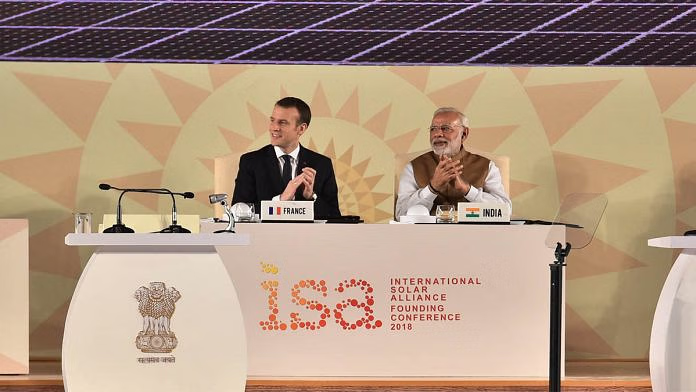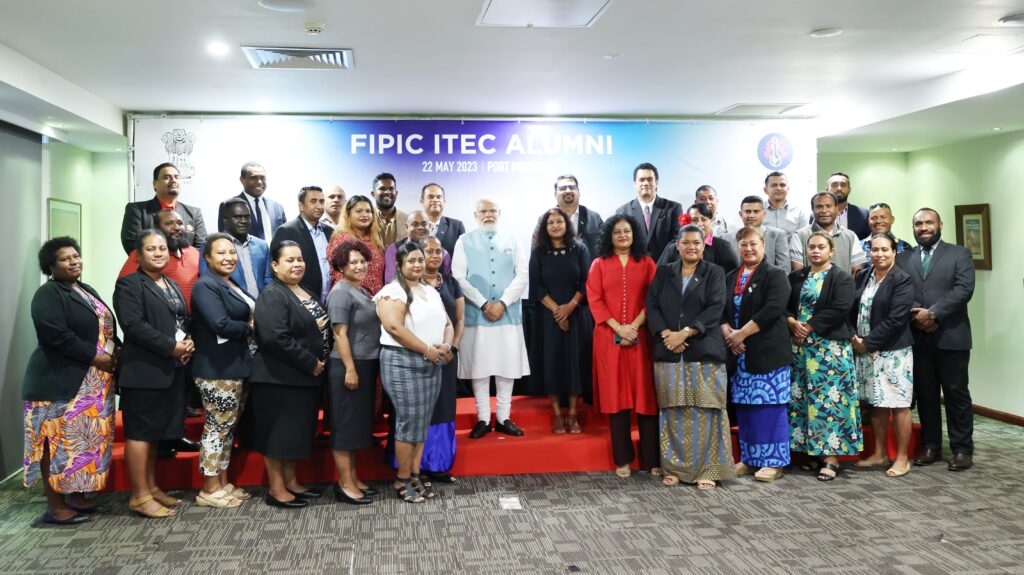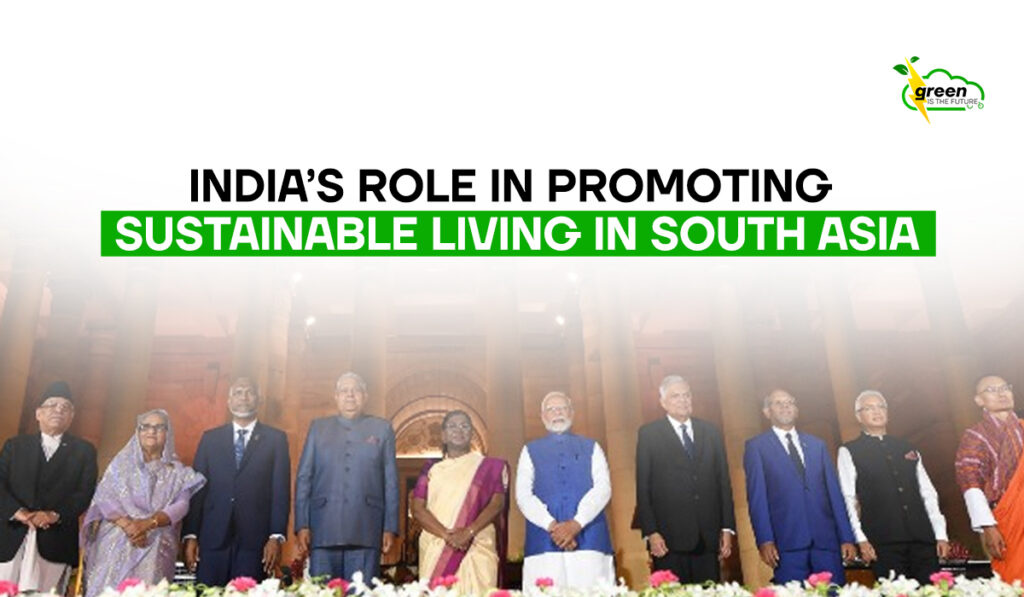India is playing a major role in sustainable living and for the causes of environment within the country as well as in South Asia. With its experience and local clout, India enables neighbors to take environmentally friendly measures under different agreements and schemes.
1. Green Energy Cooperation
India, the leader in wind and solar power, becomes neighbors’ knowledge-sharing partner towards sustainable energy
- International Solar Alliance (ISA): In 2015, ISA was formed with France, which fosters solar development in countries like Bangladesh, Nepal, and Sri Lanka with financing and technical assistance.

- Cross-Border Energy Sharing: India exports clean energy to Nepal and Bangladesh, helping fuel Nepal’s expansion of hydropower and assisting Bangladesh in shifting to clean energy.
2. Climate Resilience and Disaster Management
India possesses regional climate resilience and disaster preparedness:
- SAARC Initiatives: India promotes environmental sustainability by supporting SAARC’s Environment and Disaster Management Centre, which offers flood management and early warning support to Nepal and Bhutan.
- Disaster Relief: India extends relief to distressed neighbors, e.g., rehabilitation following Cyclone Amphan in Bangladesh, with emphasis on resilient infrastructure.
3. Water Resource Management
Water sustainability is a shared concern, and India has much to offer:
- Bhutan Hydropower Projects: India cooperates with hydropower clean energy schemes such as Mangdechhu and Punatsangchchu dams, which are of common concern to both the countries.
- Transboundary River Cooperation: India cooperates with Nepal and Bangladesh over fair water-sharing policies and flood management policies.

- Rainwater Harvesting: India is a guiding light for Nepal and Sri Lanka through age-old customs of saving water.
4. Sustainable Agriculture and Food Security
India assists neighbours with green farming practices.
- Knowledge Transfer: India is training Nepal and Bhutan farmers in organic and climate-resilient farming under a bilateral initiative.
- Seed and Technology Transfer: India is transferring drought-resistant seeds and farm technology to Bangladesh and Sri Lanka for climate-resilient farming.
5. Afforestation and Conservation of Biodiversity
India is helping the region in afforestation and conservation of biodiversity:
- Green India Mission Impact: India’s afforestation approach is impacting Bhutan’s afforestation practices.
- Tiger Conservation: India has cooperated with transboundary programs with Nepal and Bangladesh, including the Terai Arc Landscape, in order to protect biodiversity.
6. Capacity Building and Technical Support
India provides training and technical support for sustainability:
- ITEC Program: India trains Maldives, Sri Lanka, and Nepal officials in renewable energy, waste management, and city planning.

- Waste Management: India’s Swachh Bharat Mission influenced Bhutan’s and Bangladesh’s waste management.
7. Green Infrastructure and Urban Development
India supports neighbors in developing climate-resilient infrastructure:
- Maldives Support: India supports climate-resilient infrastructure like renewable power and water supply initiatives.
- Sri Lanka Urban Plans: India funds climate-resilient housing and renewable energy plans in Sri Lanka through its development programs.
8. Regional Leadership and Policy Inspiration
India’s climate ambitions shape regional policies:
- Policy Adoption: Nepal and Bangladesh adopt some aspects of India’s EV incentive program. They ban single-use plastic in their policy.
- G20 Presidency: The Indian leadership prioritized the Global South’s collective action for sustainable development and green solutions during its 2023 G20 presidency.
Challenges and Opportunities
Although India’s initiative is commendable, geopolitical rivalry, transboundary water conflicts, and economic disparities are some issues. However, new opportunities for increased cooperation exist in green hydrogen, EV charging points, and circular economy standards.
Conclusion
India’s initiatives to ensure South Asia’s sustainability ensure regional responsibility and stability toward nature. By sharing renewable energy, climate resilience, water management, and sustainable agriculture with its neighboring countries, India enables the neighboring countries to pursue a more greener and sustainable approach. All these initiatives align with India’s “Sabka Saith, Sabka Vikas” (Together with all, Development for all) vision, ensuring collective responsibility towards the region’s sustainability.
Read Also: BCCI’s Green Pitch for Sustainable Cricket Future

